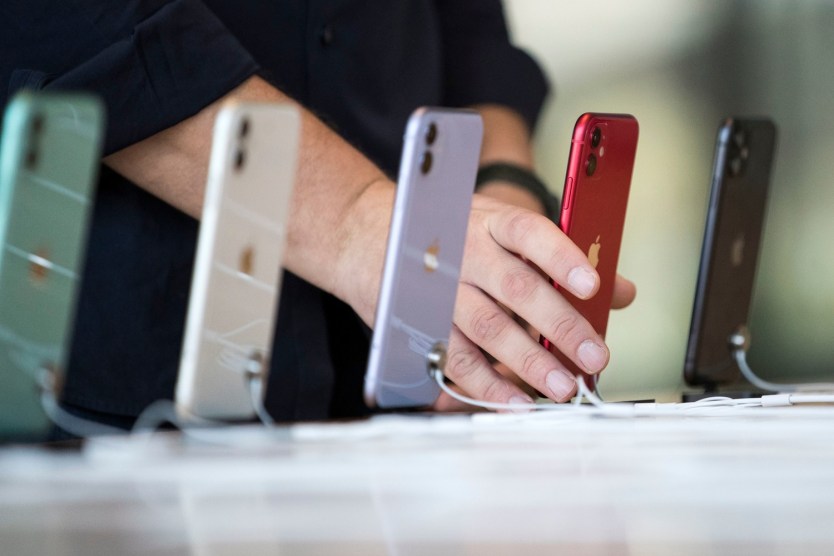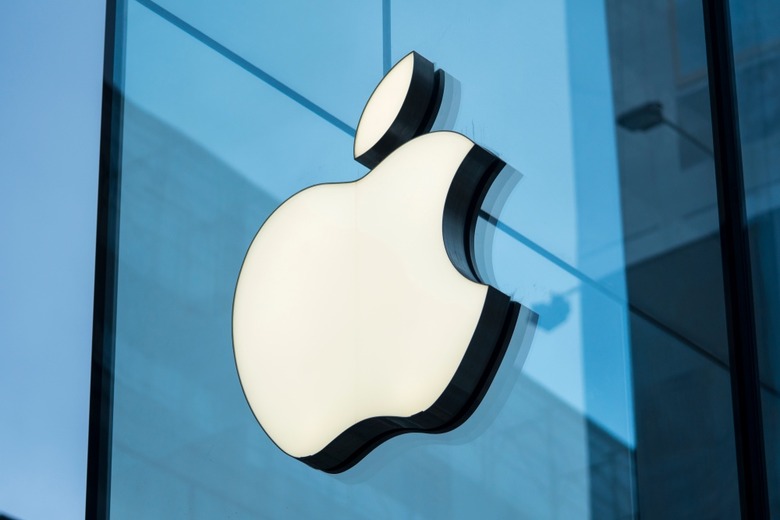Meet The Most Important Apple Executive You've Never Heard Of
Within Apple, there's a story about Tony Blevins — the iPhone maker's tough, take-no-prisoners executive in charge of supplier negotiations, known as the Blevinator for his cutthroat style — that illustrates his near-fanaticism about frugality.
It concerns a simple puka-shell necklace, one of those cheap tourist tchotchkes that he'd picked up in Hawaii for $2, a price he'd negotiated down from $5. To most people, that would be a forgettable transaction. Blevins, however, wore the necklace for years around Apple, according to a member of his procurement team, as a reminder that the list price of an item — be it a necklace or an expensive component — should always be regarded as a mere suggestion. And that, by God, Apple's vice president of procurement will not, now or ever, pay full price. For anything.
"If he's like that for himself, you can only imagine how he is with company money," that member of his team, Helen Wang, told The Wall Street Journal for an insightful profile of an executive whose importance to the company's overall success is belied by his relative anonymity outside Apple.
Apple's supply chain was always integral to its success (thank none other than current CEO Tim Cook, who built up the network of suppliers, for that). But the thrust of the Journal piece is that as iPhone sales have slowed and expensive new technologies get added to them, it's more important than ever that Apple shave down as much of its cost of making products like this.

In keeping with his commitment to Apple, Blevins declined to comment on the record for the newspaper's piece ("I'm a loyal company guy," was all he'd say). The piece, though, makes clear that this approach has helped Apple to achieve its almost $1.4 trillion valuation and its iPhone business to amass a 25% operating margin that, according to Counterpoint Research, well surpasses that of rivals like Samsung.
The full profile of Apple's cost-cutter-in-chief is definitely worth a read. In one revealing anecdote, Blevins is depicted as having been tapped by Cook himself to negotiate prices for the glass that encases Apple's new headquarters facility in Cupertino. Apple ended up saving hundreds of millions of dollars on the glass used thanks to Blevins basically inviting a number of vendors to the Grand Hyatt in Hong Kong, placing them all in different rooms, and going from one to the other badgering them all until he ended up with numbers that he liked.
